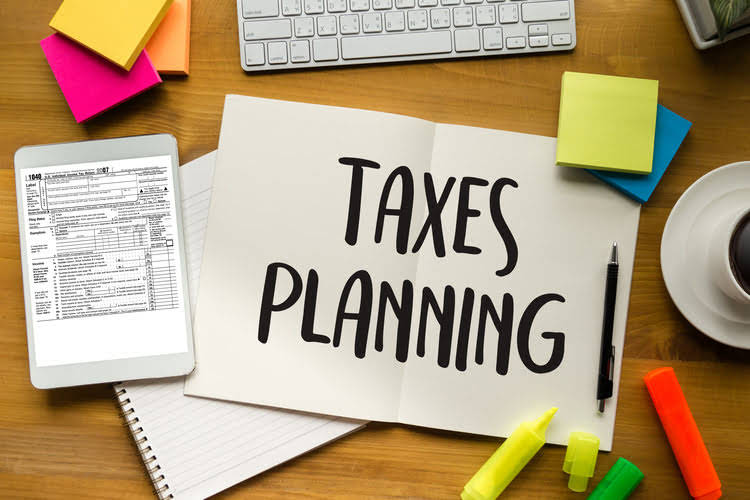
As discussed, a section on other comprehensive income lists the unrealised gains of your business. This list is important to have because even if these gains aren’t in cash, they’re still a part statement of comprehensive income of your company’s overall value. The adding together of assets, liabilities, equity, income, expenses or cash flows that share characteristics and are included in the same classification.
SIC-8 — First-time Application of IASs as the Primary Basis of Accounting

The higher the earnings for each share, the more profitable it is to invest in that business. The objective of IAS 34 is to prescribe the minimum content of an interim financial report and to prescribe the principles for recognition and measurement in financial statements presented for an interim period. Creating a statement of comprehensive income requires you to check and recheck a lot of your company’s financial information. Instead of having to reference separate pieces of paperwork or check multiple apps, consider putting all your financial data in one place.
Comment deadline: Climate examples
- This lack of a consistent basis for determining how items should be presented has led to an inconsistent use of OCI in IFRS standards.
- Alternatively, components of other comprehensive income could be presented, net of tax.
- However, if there is no clear basis to identify the period or the amount that should be reclassified, the Board, when developing IFRS standards, may decide that no classification should occur.
- The term single-step comes from the single subtraction that is needed to arrive at net income, before discontinued operations.
- Helping clients meet their business challenges begins with an in-depth understanding of the industries in which they work.
- The separate disclosure and format for the discontinued operations section is a reporting requirement and is discussed and illustrated below.
- Items of income and expense are only offset when it is required or permitted by IFRS, or when gains, losses and related expenses arise from the same transaction or event or from similar individually immaterial transactions and events.
Similarly, it highlights both the present and accrued expenses – expenses that the company is yet to pay. But if there’s a large unrealized gain or loss embedded in the assets or liabilities of a company, it could affect the future viability of the company drastically. General purpose financial reports include—but are not restricted to—an entity’s general purpose financial statements and sustainability-related financial disclosures.
5 Accumulated other comprehensive income and reclassification adjustments
If the discontinued operation has not yet been sold, there must be a formal plan in place to dispose of the component within one year and to report it as a discontinued operation. Accumulated other comprehensive income is an accumulator account that is located in the equity section of a company’s balance sheet. Accumulated other comprehensive income is the accumulation of any gains or losses on the change in fair value of certain investments. We will see in Chapter 8 (Investments) that when a company sells an investment, the accumulated other comprehensive income account will have to be adjusted. However, for the purposes of this chapter, normally a journal entry is not presented to close the other comprehensive income to accumulated other comprehensive income; similar to closing net income to retained earnings.
What’s the Difference Between Net Income and Comprehensive Income?
- It is simply incorrect, to state that only realised gains are included in the statement of profit or loss (SOPL) and that only unrealised gains and losses are included in the OCI.
- This would free the statement of profit or loss and other comprehensive income from the need to formally to classify gains and losses between SOPL and OCI.
- Comprehensive income is the sum of a company’s net income, as recorded on the income statement, and unrealized income (or “other comprehensive income”) that is not included on an income statement but is recorded in the statement of comprehensive income.
- For this type of statement, revenue and expenses are each reported in the two sections for continuing operations.
- The sum of all the revenues, expenses, gains, and losses to this point represents the income or loss from continuing operations.
- It is a more robust document that often is used by large corporations with investments in multiple countries.
IFRS 18 includes requirements for all entities applying IFRS for the presentation and disclosure of information in financial statements. This lack of a consistent basis for determining how items should be presented has led to an inconsistent use of OCI in IFRS standards. It may be difficult to deal with OCI on a conceptual level since the International Accounting Standards Board (the Board) is finding it difficult to find a sound conceptual basis. At present it is down to individual accounting standards to direct when gains and losses are to be reported in OCI However, there is urgent need for some guidance around this issue.


If your business is struggling, but you have a large amount of money in assets with unrealised gains, you can sell off those assets to help you make ends meet. It’s important to note that EPS measures the amount of dollars earned by each common share, NOT the dollar amount paid to shareholders in the form of dividends. This is because ownership of privately owned companies is often held by only a few investors, compared to publicly-traded IFRS companies where shares are held by many investors. Rather than setting out separate requirements for presentation of the statement of cash flows, IAS 1.111 refers to IAS 7 Statement of Cash Flows. It provides a comprehensive view for company management and investors of a company’s profitability picture.
A company’s income statement details revenues and expenses, including taxes and interest. Here you can see the exact presentation of the statement of comprehensive income and all other reporting statements required by IFRS. https://www.bookstime.com/ Like IFRS, items of income and expense are not offset unless it is required or permitted by another Codification topic/subtopic, or when the amounts relate to similar transactions or events that are not significant.
Comprehensive Income Example

